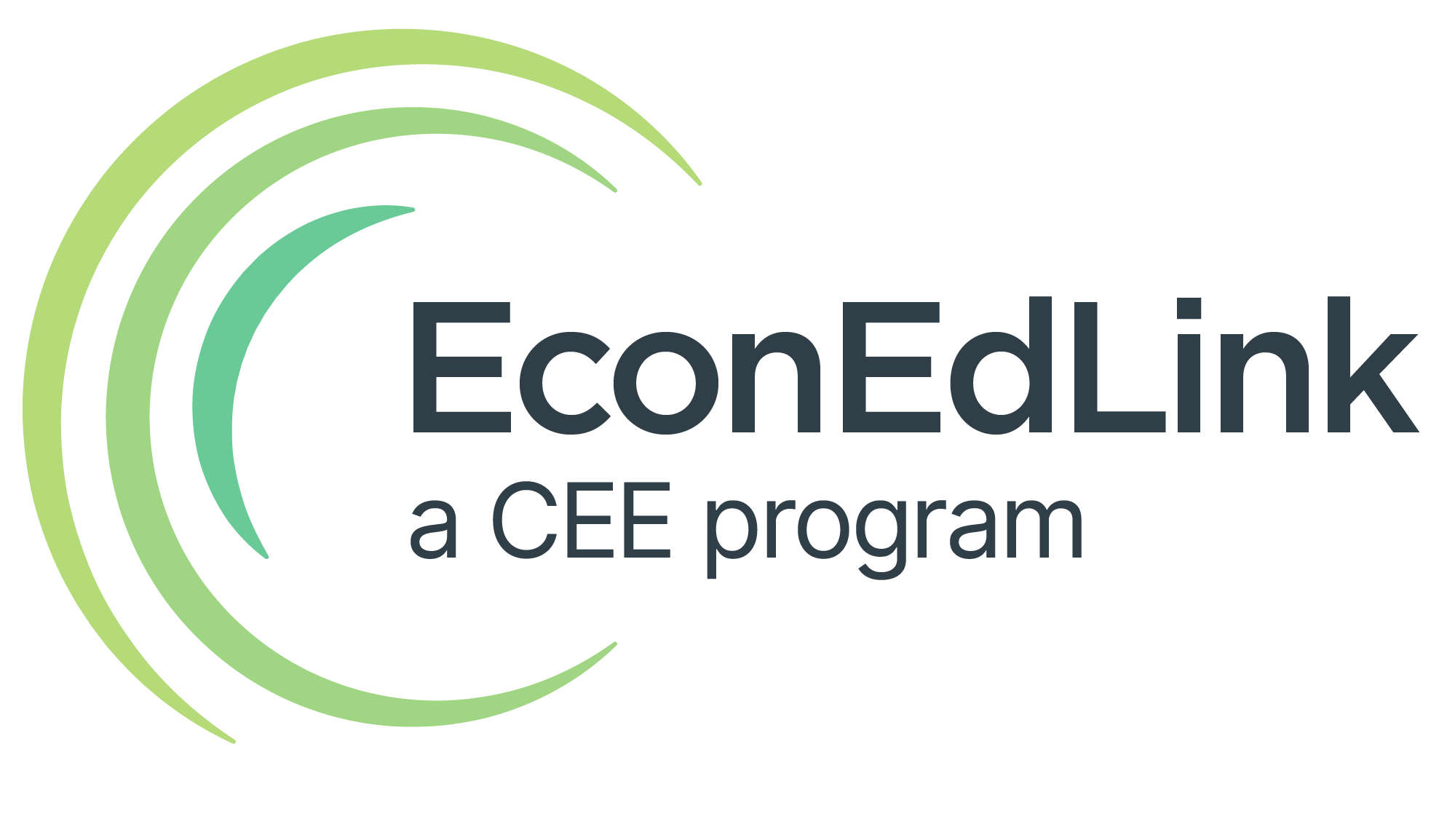3-5, 6-8
What’s My Interest?
Students explore the concept of interest by means of two activities. The first, a simple activity with jellybeans, introduces the concept of interest accruement, and the second, a practical, "real world" activity, reinforces the concept and places it into a larger context.
Lesson











